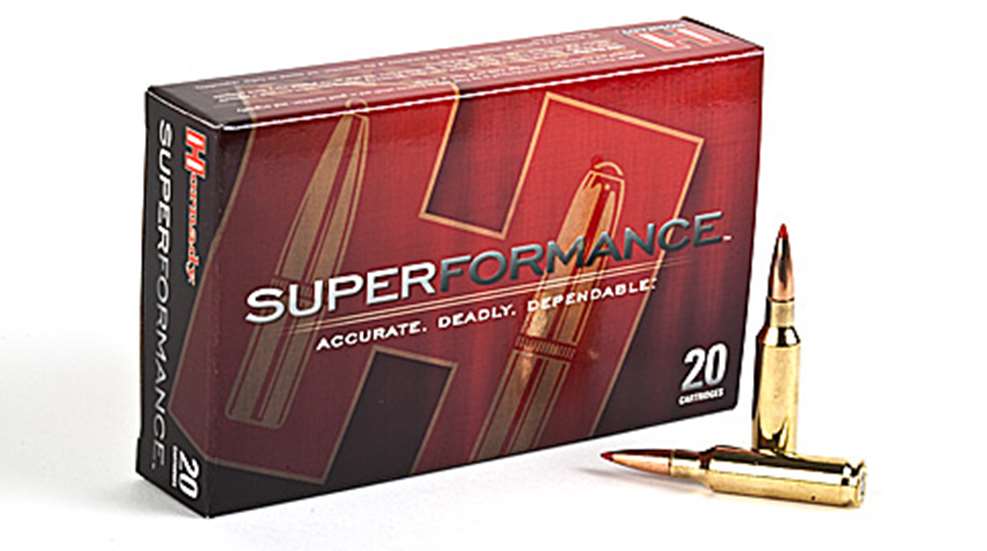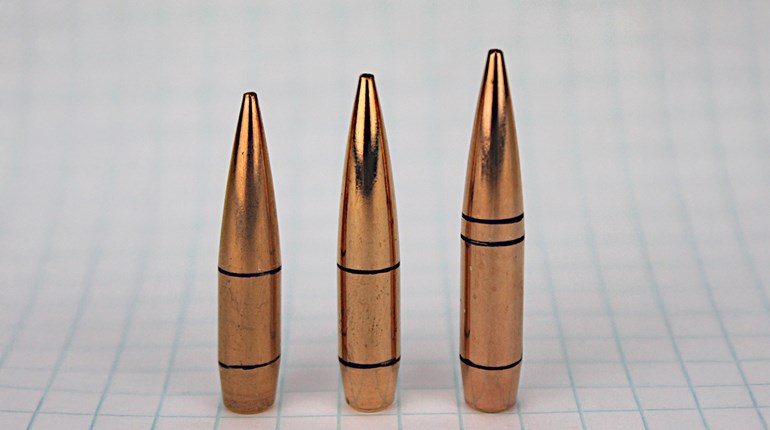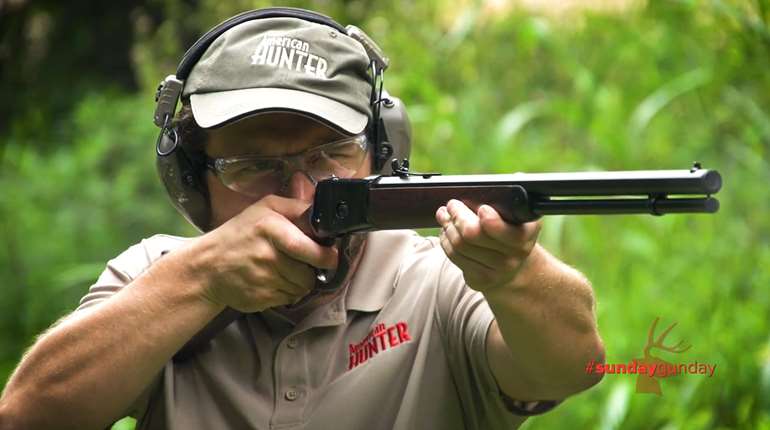
Velocity is the speed in which a bullet screams downrange, and the rule has typically been thus: The higher the velocity, the greater the recoil, report and cost. For years, ammunition manufacturers have been trading velocity, pressure and accuracy, especially with today’s copper and gilding metal bullets, which are longer than traditional lead bullets. High velocities with lead-free bullets have been primarily achieved by compressing large amounts of slow-burning propellants. This has caused pressure on the high end of Sporting Arms and Ammunition Manufacturers’ Institute (SAAMI) standards, as well as heavy recoil and accuracy problems for many manufacturers’ loads.
Hornady believes it has addressed these issues with its new Superformance ammunition through development of custom powder blends.To confirm his claims, American Rifleman Managing Editor Aaron Carter traveled to the Hornady factory in Nebraska for extensive testing on both the range and in the field.
Pain and Price for Performance
In the past, small arms performance has been limited—particularly with lengthy, lead-free projectiles—by the propellant’s inability to be completely burned by the time the bullet exits the muzzle, explained Dave Emary, Hornady’s chief ballistics scientist. “Until now, center-fire ammunition performance has been based on the IMR-series propellants developed in the 1930s and ’40s,” he said.
The ability to enhance external ballistics or, in some instances, attain SAAMI standards, without exceeding established Maximum Average Pressures (MAP) has proved difficult. The latter is especially true with copper and gilding metal bullets, which not only occupy additional case capacity, thereby displacing propellant but, with longer bearing surfaces, increase pressure.
Higher velocities have been, and still are, achieved by ammunition manufacturers primarily by using large, heavily compressed charges of slowing-burning propellants. Problem is, propellants used in such loads are of insufficient progressiveness, and therefore unlikely to be consumed before the bullet exits the muzzle—especially when using lightweight projectiles. With this, a solid crimp is required to prevent bullet migration. The result: For a modest increase in velocity, the tradeoffs are generally increased recoil and report, oftentimes lackluster accuracy, and higher ammunition prices.
Hornady experienced these tradeoffs in their Light and Heavy Magnum ammunition. “Like other companies’ ‘enhanced’ loads, Light and Heavy Magnum resulted in fierce recoil and concussion …,” said Emary. Assembled via a dual-mechanical compression procedure, not only was consistency difficult to maintain, but the process was also time-consuming and, requiring greater amounts of costlier propellants, forced prices significantly higher than those of the company’s Custom line ammunition.
Superformance: The Need for Speed
Using advancement in propellant chemistry and mechanical processing that migrated out of LeverEvolution and the Ruger Compact Magnums, Hornady developed custom blends** of two propellants that fill, without compressing, cases, and use less propellent than comparable loads. And the best part is that Superformance typically achieves 100 to 150 f.p.s. higher velocities than SAAMI standards in all cartridges, bullet weights and types, without exceeding listed MAPs.
A Few More Details
Tests comparing three of Hornady’s 150-grain SST (Super Shock Tip) .30-’06 Sprg. options showed impressive results with Superformance. Using 58.5 grains of propellant, the Custom load attained 2,927 f.p.s while Superformance, with 61 grains, reached 3,065 f.p.s., which is comparable to the Light Magnum’s 3,067 f.p.s with a 67-grain charge. At the same time, maximum muzzle exit pressure of the Superformance falls in between the Custom and Light Magnum loads resulting in less recoil.
Hornady’s Superformance ammunition achieves faster speeds with less propellant and recoil, and could revolutionize the ammo business.
** Under no circumstances should a handloader attempt to blend propellants. Always follow reloading data from reputable reloading resources exactly.





































